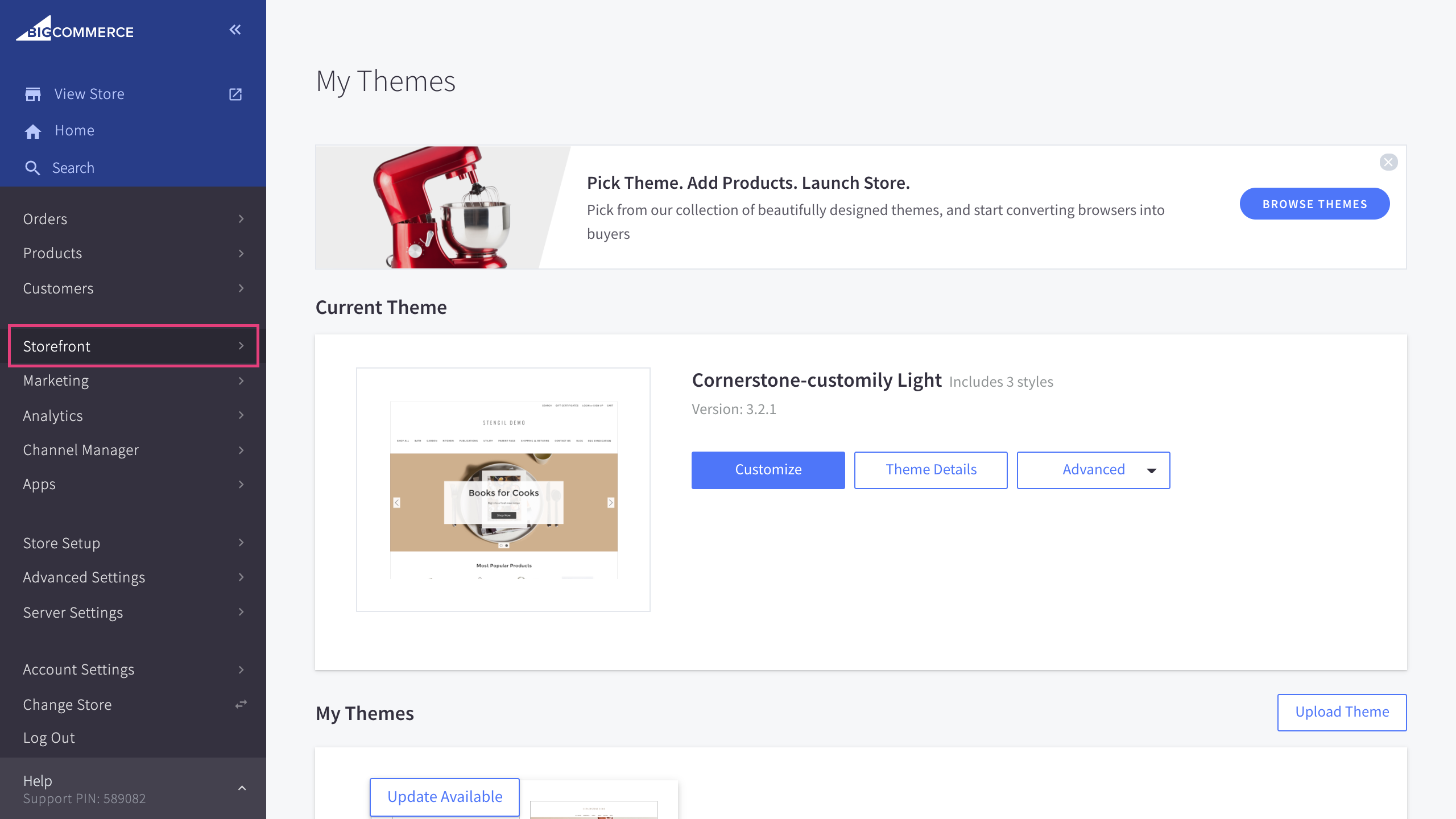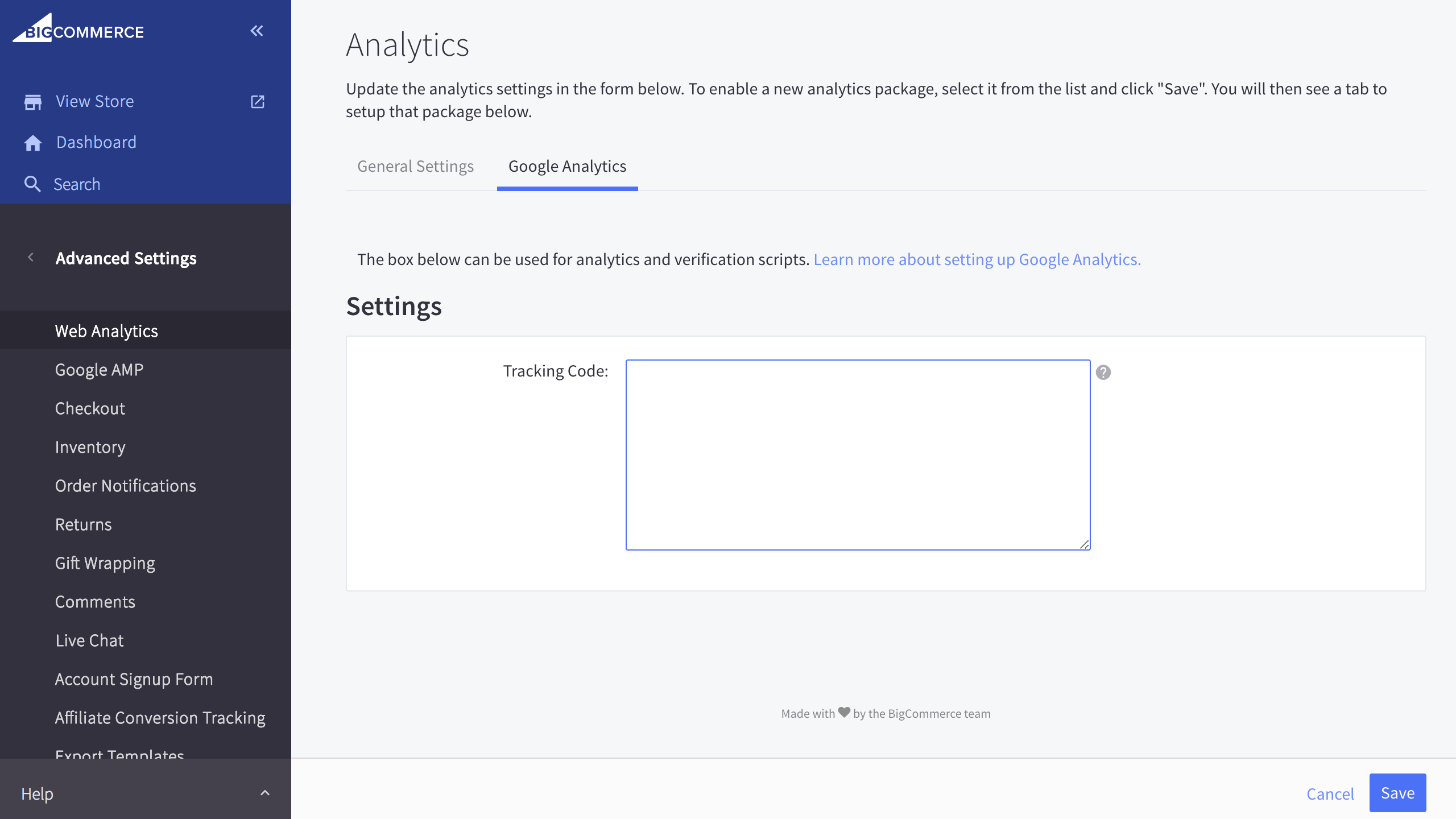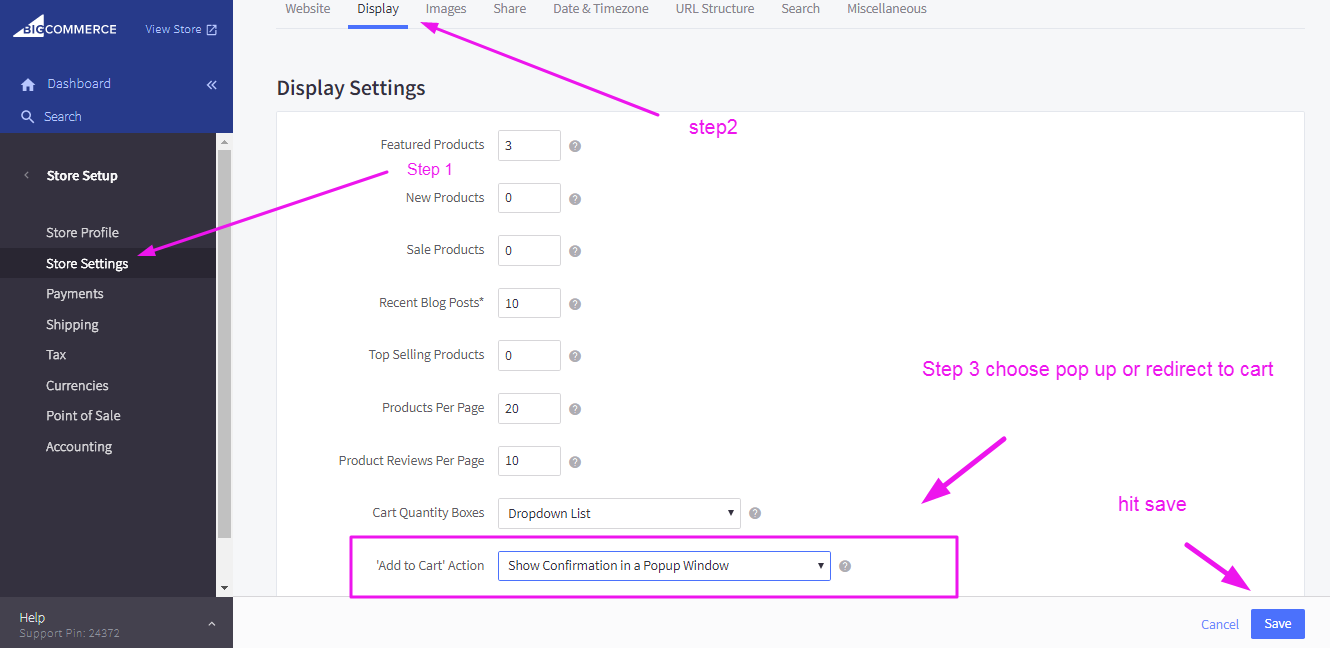How to Add The Pinterest Tag to BigCommerce?
Are you owning a BigCommerce store? Have you known about any method to improve the performance of your online store as well as track its conversion? Here it is – the Pinterest Tag will help you with myriad benefits that promise to boost sales for your online shop. Follow us and discover how to add the Pinterest tag to BigCommerce with step-by-step instructions.
What is the Pinterest tag?
The Pinterest tag is increasingly known as a piece of code applied to websites. It is famous for its efficiency in tracking users who visit your site as well as their activities when they take any actions with Pinterest’s ads.
To be more specific, Pinterest tags allow you to check what visitors look for in online stores, what pages they view, or how many users would process orders and execute a complete purchase. This information offers you an insight into all data within your account after adding the Pinterest tag to BigCommerce.
How lucrative the Pinterest tag is when it comes to BigCommerce?
There are tons of reasons that you should add the Pinterest tag to BigCommerce.
First of all, the Pinterest tag can track conversions of BigCommerce stores effectively. As someone takes any actions such as adding any products to their cart or committing themselves to a newsletter, you can see conversion reporting. This lets you grasp the entire lifecycle of customers. Hence, you understand what you have missed out.
Secondly, the Pinterest tag enhances your stores on BigCommerce by measuring the campaign value and performance. Then, you will know what you should exactly plan for upcoming campaigns.
Another not-to-be-missed benefit of this piece of code to sellers of BigCommerce lies in its close connection between shopping and purchasing. Unlike other social networks, Pinterest harbors an amazing selling potential, and the Pinterest tags work to maximize the engagement of shoppers to products.
How to add Pinterest tags to BigCommerce on Pinterest?
Before getting started in each detailed step, bear in mind that the Pinterest tag comprises two major components: base code and event code.
- Base code: As its name states, base code functions as a source code and takes responsibility for Pinterest tags’ foundation. It appears on each page of the website.
- Event code: While base code is placed on all website pages, event code is applied only to pages that you tend to track conversions.
Do not hesitate to add the Pinterest tag to BigCommerce stores to drive traffic to your online shops and boost product sales.
Step 1. Install your base code
Always get started with the base code because it helps you collect data on each event.
-
To install the base code, begin with choosing “Storefront” and “Script Manager” It is time to log into your BigCommerce account. From your admin rights in your BigCommerce store, go to the Storefront menu, then click the section Script Manager.
-
Select “Create a Script” Before digging into further information completion, selecting “Create a Script” enables you to fill in the next data.

- Complete the form
After finishing the previous step, you are required to fill in the necessary information in the form. The needed information should be followed as below:
- With “Name of script”, Pinterest Base Code is the one to be entered.
- With “Description”, you have to enter the Pinterest Tracking Tag.
- With the section “Location on page”, just click “Head”
- Continue to scroll down, you will see “Select pages where a script will be added”, then choose “All pages” for that section.
- In terms of “Script category”, you will be selecting “Advertising” and “Targeting”.
- As regards, “Script type”, remember to click the type of “Script”.
-
At this step, you approach a box called “Track Code”. And your task is to paste the below code into it.
-
Proceed with “Ads Manager” which will then provide you the tag ID. Next, select “Ads” before clicking “Conversions”. Under the menu “Install Pinterest Tag”, you are supposed to select “Get started”.
-
The above-mentioned Tag ID is the code of a 13-digital number. You copy it and paste it into the box “Tracking Code”.
-
When you are done with all these things, just click “Save”.

Step 2. Add additional checkout events
Additional events do a good job in collecting further data about customers to improve the performance of your BigCommerce stores. Moreover, this event code also pays a concentration on tracking specific conversions of your site. Go with this step after installing the initial base code. These checkout events are on the right track to figuring out when visitors to online stores make a purchase of products and complete their transactions.
-
You log in to the BigCommerce admin to seek “Advanced Settings” for a click. Continue the process by choosing the next section “Web Analytics”.
-
Scroll down a little bit to see “Affiliate Conversion Tracking” then click it in case there has not been any action on it. Keep going by choosing the tab “Affiliate Conversion Tracking”.
-
Now, you can copy the event code which you are going to install for your websites. Paste it in the box “Conversion Tracking Code”. As soon as you recognize the field “YOUR_TAG_ID”, it is time to replace it with your previously provided unique tag ID on Ads Manager. In case, there is code in that box already, you can paste the tracking code right after it.
-
That is when you need to “Save” all you have done.
Step 3. Install Add-to-Cart Code
It is non-compulsory to install extra Add-to-cart code. However, it would be beneficial for your BigCommerce store in case you are keen on tracking when customers add your products to their carts.
- Log in to the BigCommerce admin
Like the two first big steps, you are required to have the admin rights of BigCommerce stores. Log in with your account to select the menu of “Storefront”. After that, you will encounter the familiar section “Customize”, then click it. This is when you open “Store Design”. Here, look at to the left and choose “Edit Theme Files”.
- Look for files of product template code
Once you open the editor, your next task is to seek files of product template code. In order to find it, go to section “Templates”, and click “Components”, then select “Products”.
- Track down the addtocart.html file
After uncovering the product template, you need to locate where the file addtocart.html is. Specify its location as well as make sure that the file does already have a type of suffix like .html
- Determine the button called “add-to-cart submit”.
We bet that it is a must for any website to have buttons. These tiny objects are much like copyright or navigation information. They improve conversion rates or even turn users’ experiences more intuitive and handier. So, when you find the addtocart.html file, open it, and keep finding the button code “add-to-cart submit”.
- Continue with your code snippet
As you have discovered your code snippet, which generates attractive effects and enriches buttons, makes a copy of its code snippet’s unique part.
- Look for specific code of the file
Return to your BigCommerce editor and go in to see where the specific code of the file is. Then, paste the code onclick=”pintrk(‘track’, ‘addtocart’);” right after <input. If you get to this step, you are done with your add-to-cart code tag. Especially, the tag will fire if any of your customers add products to their shopping carts.
- “Save File”
Now, you just need to look at the editor’s bottom and click the section “Save File”.
- Apply
When you finish saving your file, go back to the first custom theme that you edited in your Store Design. To complete the procedure, click …, then choose “Apply”.

Common issues or problems when adding the Pinterest tag to BigCommerce
Sometimes, it is not a piece of cake to install the Pinterest tag to BigCommerce if you are not fluent at each step. There have been several common problems that you can cope with when implementing this process.
- Fail to add the Pinterest Tag
Some people find difficulty in inserting Pinterest tags. Even though they try their best to follow the right step, BigCommerce still does not approve the script. Under the script box, there appears “This isn’t a valid script”. And it seems to be an issue for some people. If you are the one who gets into trouble with this, follow about advice by inserting the script that does not contain the code: **
- Be confused about how to check whether Pinterest tags are working properly or not
You can finish the procedure to add the Pinterest tag to the BigCommerce store successfully. Nevertheless, have you felt confident if these tags work? Don’t worry! We have listed step-by-step thing you need to follow below guideline:
- Begin with logging in to your Pinterest account
- Select “Add” and click “Conversions”
- Navigate to the left side and choose “Test events”
- Concentrate on “Website URL”, and enter the URL of your site under it
- Select “Launch”. The site opens in another new tab once you enter
- When the new tab is opened, make a trial by viewing certain pages or adding any item to your cart
- Return to the Pinterest account. Try to select an event that indicates what data will be captured by your tags because the actions that you take on your site will be logged.
- Select “Clear activity” in case you wish to start over again and make the logs empty
Final Words
BigCommerce and Pinterest have become more closely linked to each other than ever. The integration of the Pinterest tag to BigCommerce would get it made to your online stores. So, take no hesitation to prepare yourself with our above ultimate guide so that more sales will be yielded. Hope you will find this article useful. Please spread the word to those who are concerned.





